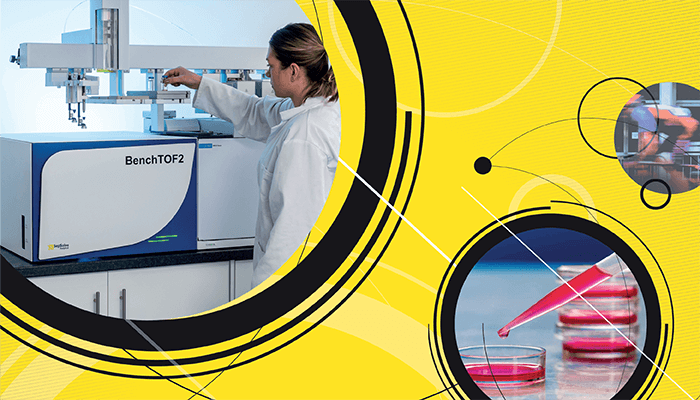
The increasing amount of plastic litter in our seas, coastal waters, freshwaters, and agroecosystems is truly concerning. To give you a brief idea of how widespread this problem is, we are producing around 350 million tons of plastic each year. River plastic input, at a global scale, has been recently estimated between 0.8-2.7 million tons per year. In Europe alone, microplastic (MP) input through rivers is 5,000 tons per year. Estimates suggest that we use one million plastic bags worldwide – each minute.
As for the consequences for human and animal health, there are ongoing investigations. There is increasing evidence of MP bioaccumulation in fish and other biota resulting in oxidative stress, increased acetylcholinesterase activity, behavioral alterations, transfer across trophic webs, and hormesis. Globally, humans intake over 4,000 MP particles per year via drinking water. For countries in the South of Europe, where a lot of fish is consumed, humans may accumulate over 11,000 MP particles each year. MP particles have also been observed in the atmosphere, specifically in Chinese megacities where plastics fibers from textile, construction, and industrial materials contribute to airborne particles.
The COVID-19 pandemic has substantially increased the plastic problem. Around four billion masks are being used daily around the globe and, in the UK alone, an Olympic size swimming pool will be filled every month with plastic waste from COVID-19 tests. Once the pandemic is over, we will need to conduct additional reconnaissance studies to measure the amount of plastic generated during the pandemic and how it has impacted our global environment. This is our duty as environmental chemists, as scientists, and also as citizens of the world.
Unfortunately, there are very few papers reporting interlaboratory studies for MP analysis. And one of the major challenges associated with MP research is that, at present, there are no standard methods for MP analysis. Currently, for a comprehensive quantification of MP, FTIR or Raman spectroscopy is first used to measure the particle size, distribution, and number of MP particles, followed by pyrolysis GC-MS for identification of polymers – as well as any additional chemicals absorbed by the MP. But the truth is that MP analysis is still in the early stage of method development and so we are not yet in a position to compare methods developed in one laboratory with those of another. Moreover, quantitative data is difficult to compare on a global scale. Clearly, we need to do more work on interlaboratory programs, such as QUASIMEME and the former BCR program in the EU.
Nevertheless, reliable analytical methods are the first step in performing further ecotoxicological investigations. And so, as a community, we must work on improving our analytical capabilities to measure MP in a standardized way.
Going forward, I would like to see standard, well-established protocols using three different techniques: FTIR, Raman, and pyrolysis GC-MS. And, given the ultimate aim, we should be aiming for the “greenest” analytical methods possible. We should also be working towards portable devices that allow us analysts to quickly identify and quantify the MPs content in a variety of samples, especially in the context of real-time data with health implications – for drinking water treatment plants or in food inspection services.
However, in the meantime, change is required – and urgently. I personally would like to urge a change from single use plastics to biodegradable ones, replacing PET with PEF (polyethylene furanoate) and using new polymers based on PLA (polylactic acid). I also want people to be aware that, at present, only around 2–3 percent of manufactured plastic is biodegradable. As such, an important area to focus on is plastic recycling, which is, at the moment, only approximately 10 percent effective. The construction of depolymerization plants to break down PET instead of increasing the number of incineration or landfilling facilities for plastic waste disposal is one way forward – and I am aware that the first steps have been already established.
Analytical scientists have an important role to play in solving this huge and growing problem by establishing standardized analytical methods and addressing the challenges of MP characterization. And with analytical science consistently advancing by leaps and bounds, I am confident these are achievable goals – hopefully in the near future.





